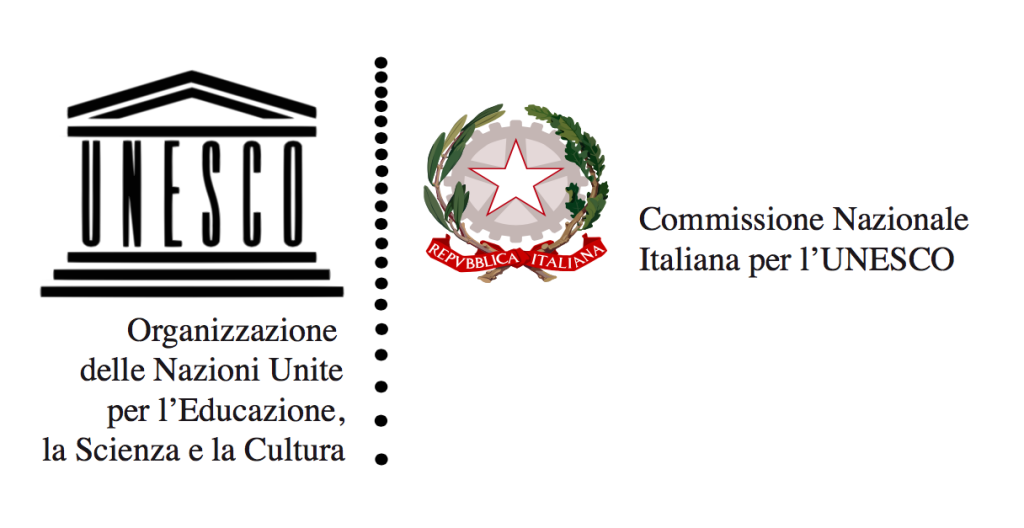National Archaeological Museum of Tarquinia
The National Archaeological Museum of Tarquinia is housed in the ancient Vitelleschi Palace, one of the most important historical buildings in Tarquinia, built between 1436 and 1439 on commission of the then Cardinal Giovanni Vitelleschi. This museum is one of the most important in Italy, with a very rich Etruscan collection.
Before 1924, the year of the definitive transformation of this wonderful building into a museum, there was a small collection owned by the municipality, only thanks to the donations of the Conti Bruschi-Falgàari family and other important noble families of Tarquinia it was possible to create this incredible permanent exhibition . From 1924 onwards, the museum collection has been gradually enriched with new elements, especially after the excavation campaign of the early 1950s, with the finds from the famous Necropolis of Monterozzi, the most important of ancient Etruria.
The museum
The museum is on three floors:
- The ground floor houses a collection of stone sarcophagi dating back to the mid-4th century BC. In room 10 you can admire the most important sarcophagi: Laris and Velthur – of the Partunus family – of the Magistrate, the Priest, the Obeso and the Magnate.
- On the first floor there is an interesting collection of finds ranging from the Villanovan to the Roman period, with particular attention to the evolution of Greek and Etruscan painting. In this section of the museum it is possible to admire the famous Bocchoris vase, dating back to the 7th-6th century BC, and some interesting vases of Greek origin, 6th century BC, depicting black and Attic figures with red figures. The best way to visit this floor of the museum is to start from the last room admiring the most ancient finds, those of the Villanovan period, 9th-8th century BC. and continue in chronological order in the following rooms admiring the collections from Phenicia and Egypt, 8th-7th century BC, the Greek vases from Corinth, 7th-6th century BC. and the bucheri, typical ceramics of the Etruscan civilization. Also noteworthy are the ceramics collections from Attica, 6th century BC. and Etruscan coins in bronze and gold, dating back to the late imperial period and found during excavations in the colony of Gravisca. Continuing in the following rooms you can admire some valuable locally produced ceramic and metal artefacts (mirrors, furnishings and balsam pieces), and finally a beautiful collection of ex-votos from the Ara della Regina.
- On the second and last floor are the air-conditioned rooms that house the painted tombs and frescoes – Tomba del Triclinium, Tomba delle Biche, Tomba della Nave and Tomba delle Olimpiadi -. In this section there is the most famous piece of the whole museum, a unique work in the world, the high relief of the Winged Horses, also coming from the Ara della Regina
Curiosity
The ancient Etruscan acropolis of Pian della Civita was the ancient Etruscan city of Tarchna, one of the most important in the whole Etrurian territory.
The Ara della Regina stood on the highest point of the acropolis, and was used for prayers and sacred rites.
The ruins of this ancient temple have given a wealth of finds of inestimable value, among which, the most important is certainly the high relief of the Winged Horses, a slab 1.15 meters high and 1.25 meters wide, which was placed on the pediment of the sacred temple.
This slab was dated 5th-6th century BC. and found during an excavation campaign by the archeologist Pietro Romanelli. At the time of its discovery this slab was fragmented into a hundred parts but the skilful restoration works, the first occurred immediately after the discovery, allowed its perfect reconstruction. Another restoration was carried out after the 1960s by Ingrid Rein who had the merit of bringing to light the original colors of this slab, the beautiful ocher horse and the other horse of a color tending to red.
NATIONAL ARCHAEOLOGICAL MUSEUM OF TARQUINIA
Piazza Cavour snc
01016 Tarquinia VT
Tel. 0766856036
OPENING TIME
From Tuesday to Sunday 08.30-19.30
ENTRANCE
€ 6 museum entrance
€ 10 combined ticket museum + necropolis valid for two days


